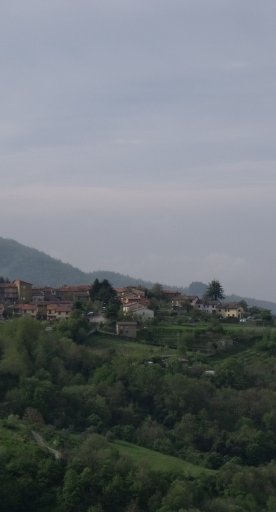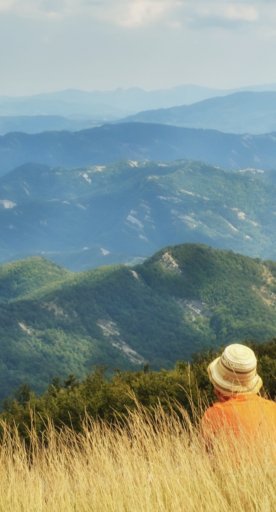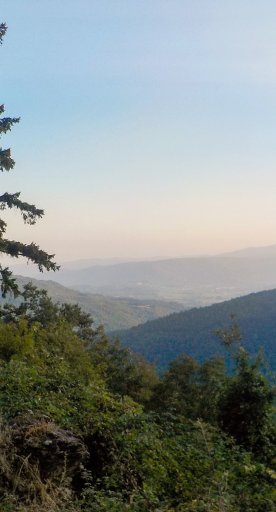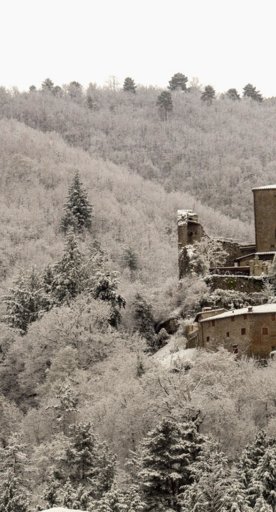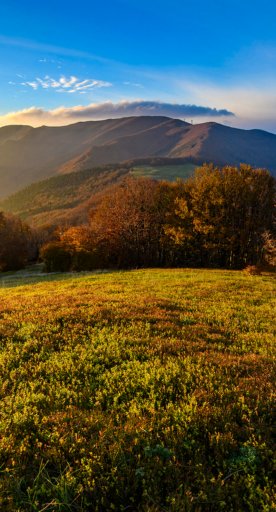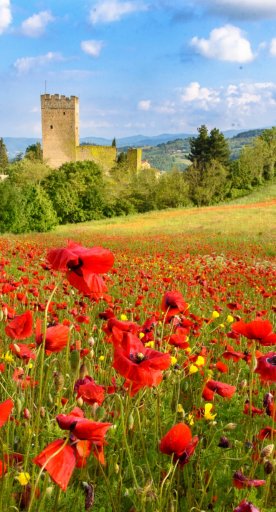Chitignano is located in Casentino, the highest part of the Arno valley. On one side, there are the mountains of Verna, Camaldoli and Alpe di Catenaia, and on the other, the Pratomagno chain. Chitignano is located in a border area that over the centuries has been known to be the site of contraband activities, in particular, tobacco (of all kinds, shredded, for pipes or to be rolled into cigars) and gunpowder. You can visit the Ecomuseum of gunpowder and smuggling in the hamlet of Panteneto, a documentation center dedicated to the centuries-old production and marketing that took place in authorized powder factories and pilli scattered in the woods. Inside the museum, there are work tools and explanatory panels, while outside there are paths through the woods that retrace the history and places of black powder production, such as the fascintating Polveriera dell'Inferno itinerary.
Since ancient times, the waters of Chitignano have been appreciated for their unique chemical composition and healing properties, as evidenced by the numerous votive bronzes found in the area. Today, the waters flow from three springs near the town: Sorgente del Rio, Sorgente Galastri and Sorgente Buca del Tesoro, the latter of which also has a serviced green area.
In the Middle Ages, the waters were particularly popular with pilgrims who arrived here from the Via Romea Germanica, heading in the direction of Rome.


